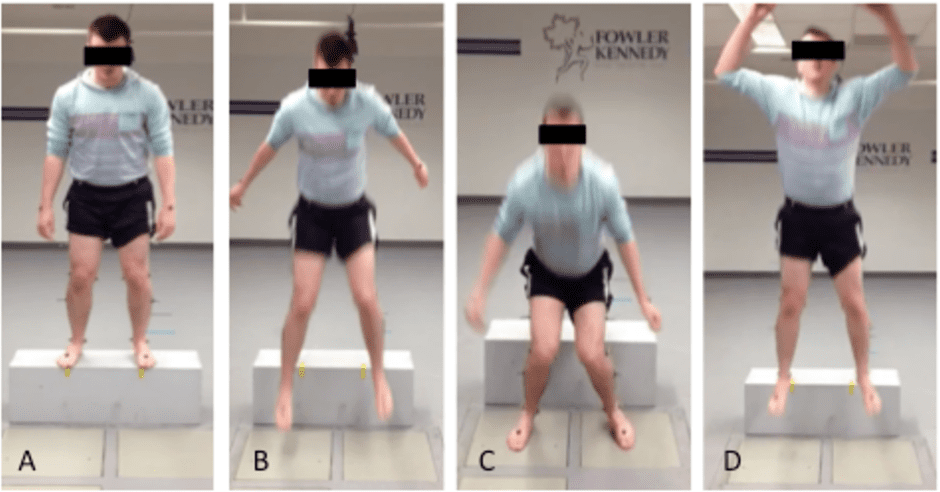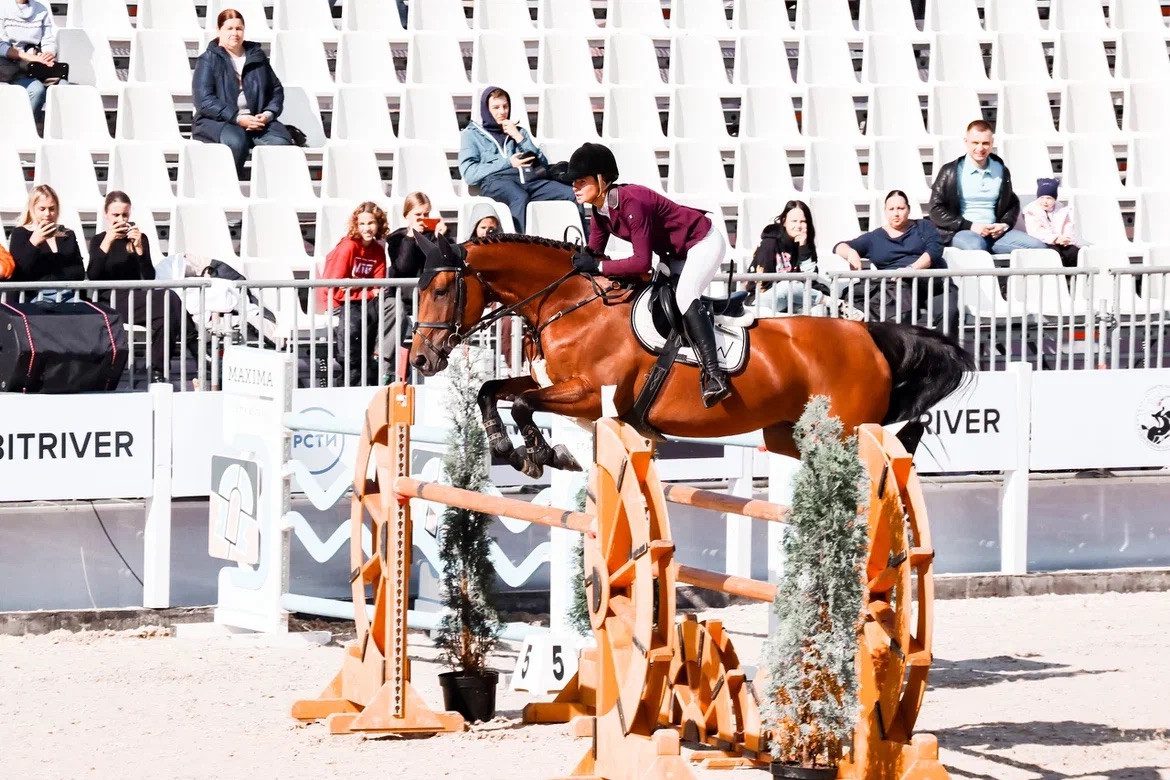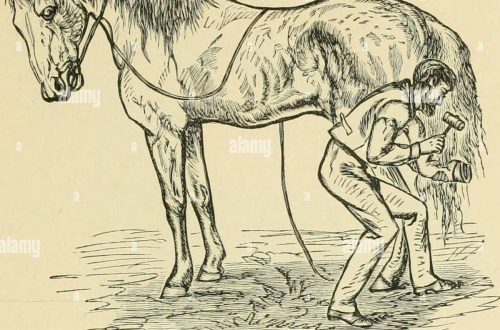
Stable landing = stable jump
To keep our horses fit, we do a lot of exercises that make them stronger, more flexible and more balanced. We also expect horses to have very precise control of their bodies as the height of the barriers increases. Fair. After all, they are athletes.
But as riders, we often deprive ourselves of the same attention. Being able to control your body while jumping makes the horse’s job much easier because he has less to compensate for your shortcomings in riding and weight distribution.
 Anastasia Makarenko / Photo: Ksenia Dokuchaeva
Anastasia Makarenko / Photo: Ksenia Dokuchaeva
How does body control affect your horse’s jump?
Each of you has seen a situation where the rider is behind the horse in the take-off phase or, on the contrary, is ahead. When this happens, the horse most often loses his rhythm and, at best, just knocks the pole off.
What happens on takeoff also happens on landing: the rider either gets into the saddle too early or falls on the horse’s neck. In the first case, you will most often fall over, in the second case, it will be difficult for you to make tight and collected turns or adjust the canter rhythm, as you will not be able to quickly return to the saddle after landing.
Riders make the following mistake directly in flight, when they begin to steer in advance. In this case, a collapse is also possible.
Imagine that you are rolling your child on your back and while you are running, he is clinging to your shoulders, leaning forward on your neck, or leaning too far back. It will be very difficult for you to keep your balance.
Therefore, it can be concluded that the rider must have good control of his body throughout the jump. Since the correct balance in the air can play a significant role in the “clean” passage of the route. The ability to keep the leg clearly under the body, and the body, in turn, in good balance, without leaning on the horse’s neck and without pulling on the reins, greatly facilitates the horse’s task.
Two exercises to improve body control and balance
Galloping Cavaletti
The effect of this exercise is amazing. You can work on Cavaletti regularly without exposing your horse to unnecessary physical and mental stress.
You can “play” with the spacing, number and position of the poles. The main goal of the exercise should always be to maintain neutrality and elasticity in your body. That is, you do not need to jump over cavaletti, as through a 160 cm oxer.
Gymnastics
Classic gymnastic keys can also help you find balance. It is best to work at a trot so as not to be distracted by choosing the right distance.
When entering the exercise, keep the horse straight, supporting with the foot. Focus on your landing. You must move with the horse without too much tension on the reins.
Source





